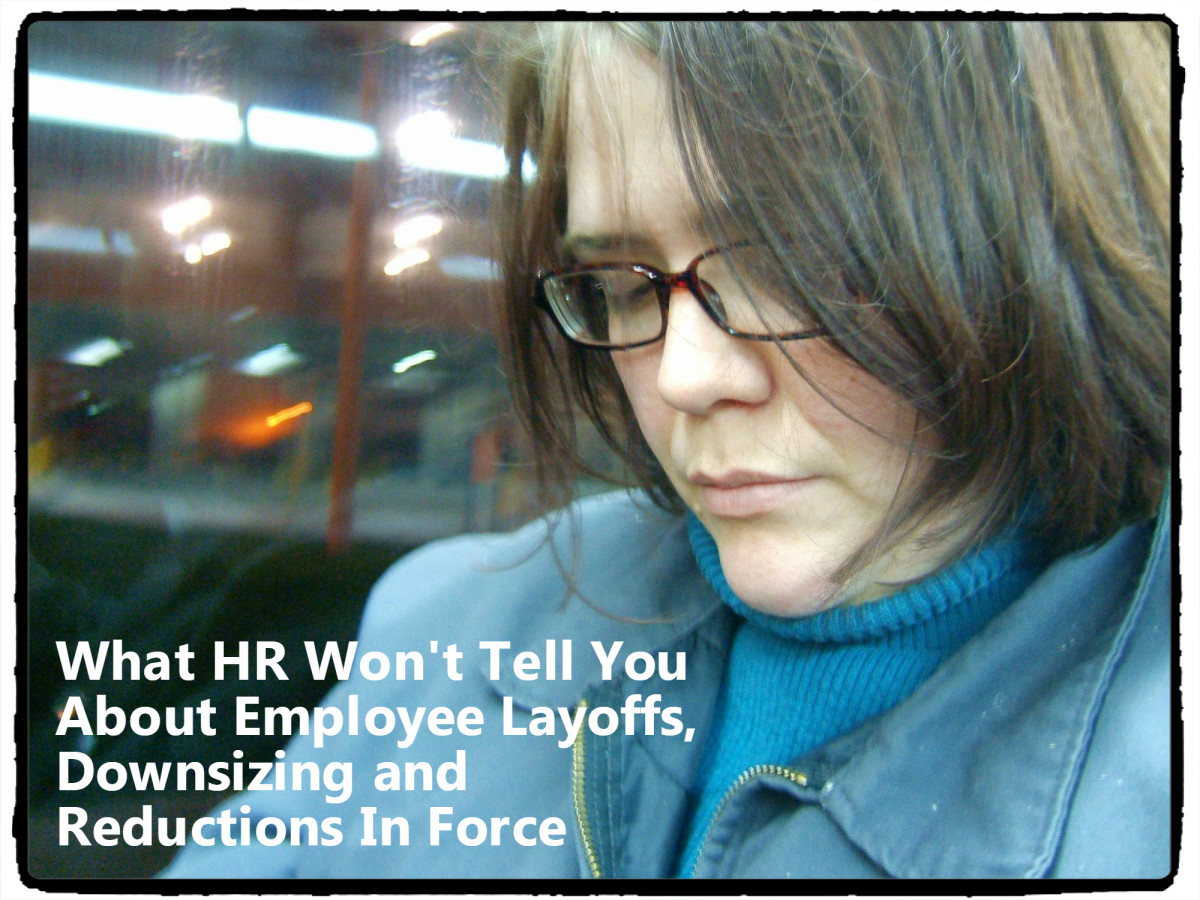How To Increase Employee Morale and Performance In Your Business
It is becoming more and more common for employees to have less of a daily schedule at their jobs. Quite frequently now, we are seeing managers give employees end goals and allowing them more freedom in the way they go about obtaining these objectives. Reaching assigned goals always has and always will be the way in which businesses grow. Empowering employees to figure out solutions to problems has helped companies become more lean, cutting out some unnecessary systems, including certain meetings and training material.
Allowing employees to carve their own trail can lead to new ways of solving problems. I, like many employees, did not have a set daily structure for work at one of my past jobs. I could wake up when I wanted, decided which accounts I was going to go visit and on which days. It was incredible! In a way, I was my own boss. If I had a long day the day before, I could start my current day a little bit later and catch up on some much needed rest. Exam in one of my classes on Tuesday? Not a problem! I simply worked harder and longer the second half of the week, spilling over into the weekend if necessary.
I quickly learned, however, that there were some outside factors that did not give me complete freedom in planning my schedule. Learning and picking up on these unwritten “guidelines” helped me grow. It challenged me to analyze my environment and to evaluate other businesses’ specific needs. I found out that if I visited certain accounts at certain times of days that the managers with which I needed to speak were not there. Or perhaps they were there, but too busy to speak to me at certain times of the day. Other times, I may visit a certain account too early and there would not be enough of our product at that location in order for me to successfully do my job. This sort of freedom allowed me to quickly become a master when it came to my industry.

Working on my own also meant that my bosses trusted me. Since I was still on hourly wages at this point, I was trusted to log my own hours on a time sheet since there was no automated way to do so until this company came around. Each project or responsibility I had was also somewhat vague. My supervisor gave me an end goal and a couple of quotas to meet; however, it was up to me to both figure out how I would accomplish these, and how to do so in the most efficient way possible.
Although I had a great deal of independence, I was instructed by managers to not waste time and to be sure, again, that I was working efficiently. Was this risky for them? Was I intimidated by this? Absolutely! Everyone knows that when you give teenagers freedom, they usually muck it up. Oddly enough as it is, I actually found myself working harder than I normally would otherwise. I knew that my bosses, all of whom I was very close to, expected nothing but the best from me, and I was determined to not let them down. In addition, I also truly believed in our company, after all, I was helping them build it from the ground up. It was an incredible experience to be able to help start a business at such a young age!
Businesses, take note. If you are looking to become more successful and more efficient, you must do two things. The first is you must empower your employees. Give them a goal and then back off. Step aside while they take the reigns on a project and problem-solve their way to the solution. Second, it is vital that you make sure your employees buy into what you are selling. If your employees don’t firmly believe in your company, your brand, and your product, then they will not work as hard as they would otherwise, and in turn, your company will not be as successful. According to Jack Welch, previously the CEO of General Electric, one of the 29 leadership secrets that led to the company’s success was the idea that, “Managing less is managing better.” Ideally, you want to create a vision for employees, then sit back and watch them perform. This builds their character, confidence, and respect for both you and the company.

Feel free to share your best practices and advice with others in the comment section down below!
© 2017 Colin Wattonville








